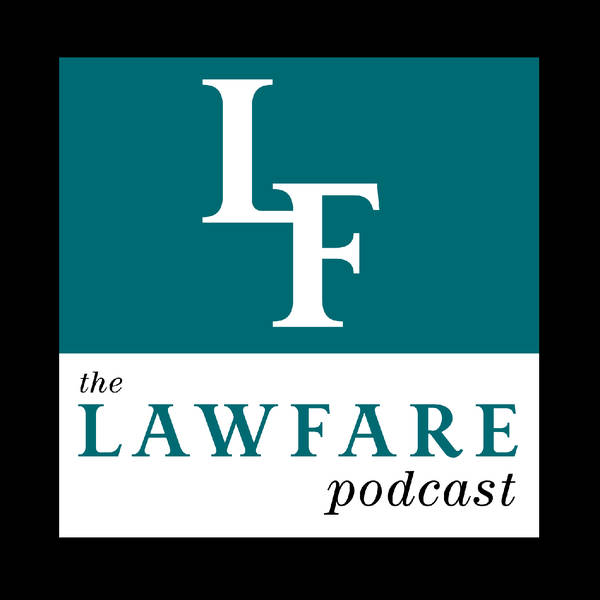
Lifting the Veil on Fusion Centers
In the wake of September 11, 2001, federal law enforcement agencies were caught flatfooted when they realized that they'd had the intel to prevent the attack on the homeland, but they'd failed to connect those dots. Fusion centers were born out of an abundance of caution to share and streamline counterterrorism information between the federal level and state and local levels. Since then, the Department of Homeland Security has supported the development of a national network of 80 fusion centers across the United States. And while its principle goal initially was to disseminate counterterrorism intel from the state and local levels, it's now expanded to include the sharing of intelligence regarding crimes or hazards more broadly.
Last month, the Brennan Center released a report entitled, “Ending Fusion Center Abuses,” explaining how fusion centers’ domestic intelligence model has undermined American's privacy, civil rights, and civil liberties. Lawfare legal fellow Saraphin Dhanani sat down with Michael German, a fellow with the Brennan Center for Justice's Liberty and National Security Program, who co-authored the report, as well as Thomas Warrick, a non-resident senior fellow at the Scowcroft Center for Strategy and Security Forward Defense Practice at the Atlantic Council. They discussed how fusion centers were conceived, where they've excelled as intelligence centers, and where they've abused their powers.
Support this show http://supporter.acast.com/lawfare.
Hosted on Acast. See acast.com/privacy for more information.
